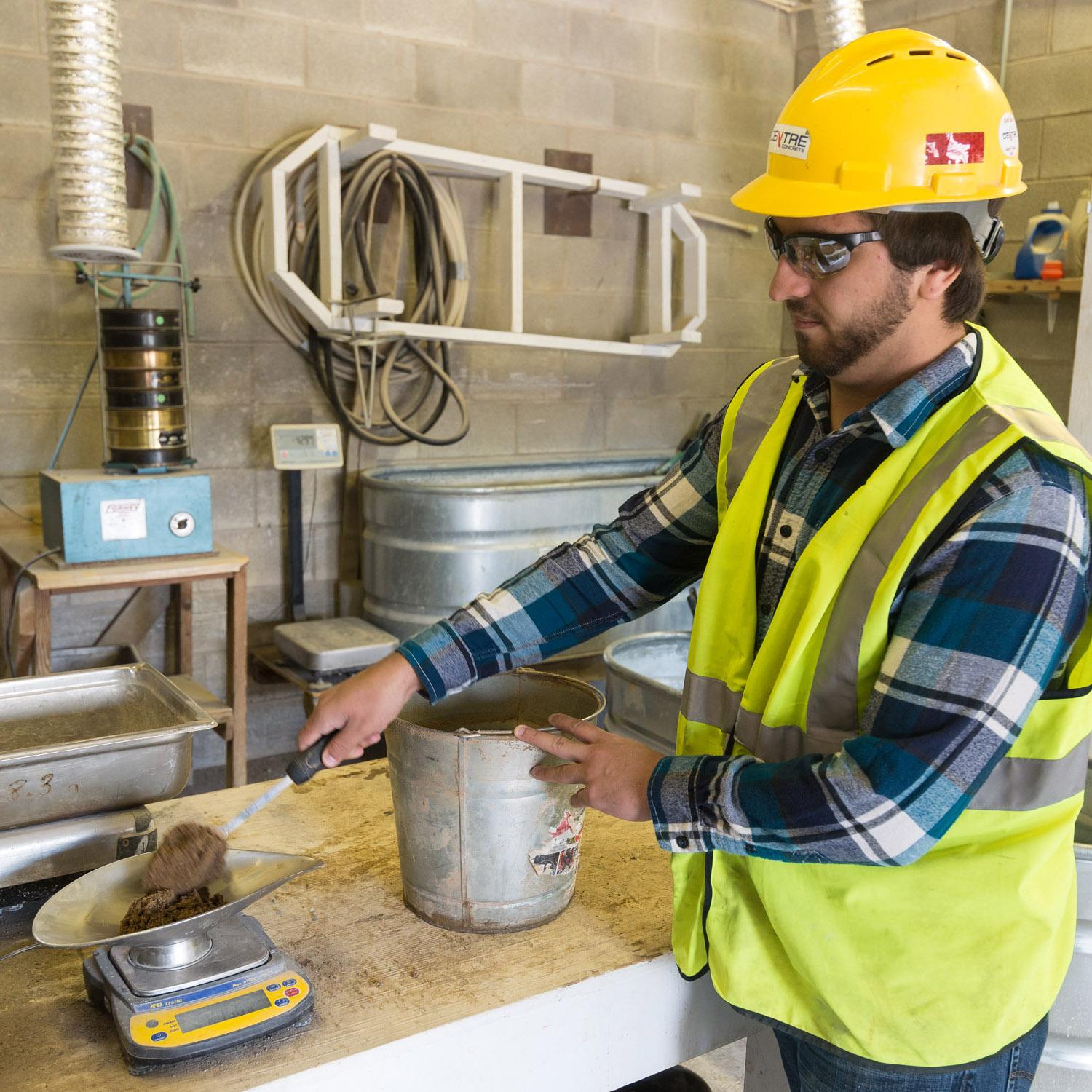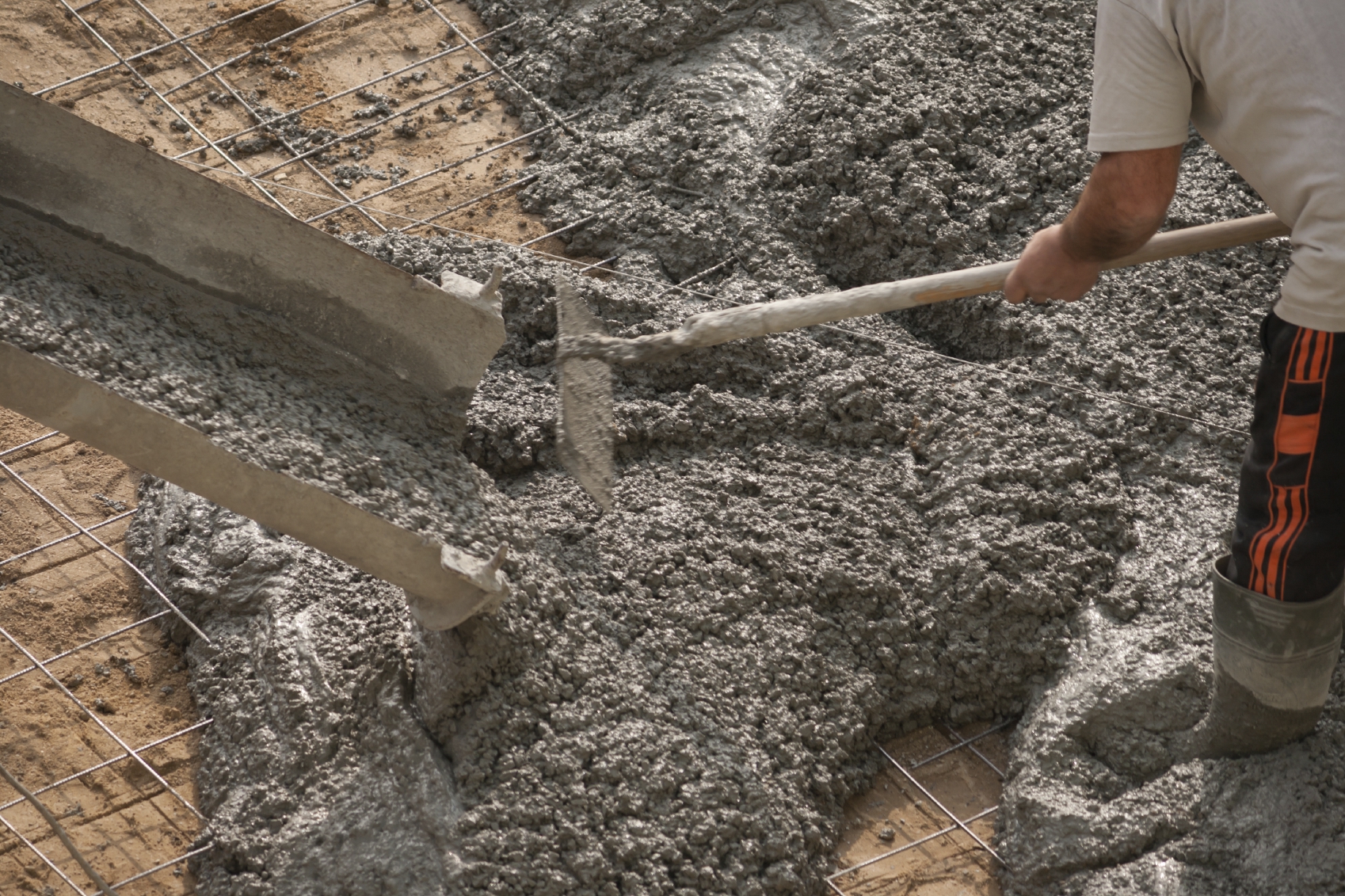The Crucial Role of Concrete Foundation in Structural Integrity and Long Life
When it concerns developing a home, the structure is much more critical than you may believe. Concrete foundations provide unequaled strength and toughness, ensuring your structure can stand up to various environmental difficulties. Without a solid base, you take the chance of prospective problems like moving or cracking, which can compromise safety and value. Comprehending the subtleties of concrete structures could be the secret to maintaining your investment for years ahead. What should you think about following?
Recognizing the Relevance of Concrete Foundations
Concrete foundations are important to the total stability of any structure, as they provide the crucial assistance needed to withstand different loads and ecological conditions. When you think of building a home or a business room, the structure is the first point you need to consider. It functions as a barrier versus moisture, shielding your home from water damages. A well-placed concrete foundation also stops settling and moving, which can cause fractures in wall surfaces and floors. You'll desire to guarantee that the structure is effectively designed and strengthened, as this affects the longevity of your building. In addition, a strong foundation can enhance power effectiveness by reducing air leaks. Remember, neglecting the significance of a concrete structure can lead to pricey repair work down the line. So, buying a top quality structure upfront is crucial for the honesty and longevity of your structure.
Advantages of Concrete Structures for Architectural Stability
While numerous elements add to a structure's architectural stability, concrete structures provide unmatched resilience and stamina. You'll appreciate that concrete can stand up to severe weather, withstanding both dampness and temperature fluctuations. This durability suggests your framework is much less most likely to experience splitting or shifting over time, which can compromise its safety.Additionally, concrete's inherent weight gives a solid base, preventing motion during natural events like earthquakes or floodings. When you pick a concrete foundation, you're additionally choosing for low maintenance; unlike wood, it will not rot or bring in parasites, saving you money and time in repairs.Moreover, concrete's fire resistance provides included safety and security, ensuring your structure can sustain high temperature levels without substantial damages. Overall, investing in a concrete foundation indicates you're focusing on the lasting stability and integrity of your building, making it a sensible choice for any kind of building and construction project.
Typical Kinds Of Concrete Foundations
When it concerns constructing foundations, understanding the typical kinds of concrete foundations can assist you make educated choices for your job. One of the most common types consist of slab-on-grade, crawl area, and complete basement foundations.A slab-on-grade foundation is a basic, economical option, where a thick concrete piece is put straight on the ground. This type functions well in cozy environments, as it lessens warmth loss.Crawl space structures elevate the home slightly above ground, enabling ventilation and access to plumbing and electrical systems. This design can aid protect against wetness issues.Full cellar structures provide additional living or storage room while offering exceptional architectural assistance. They need even more excavation and are generally used in colder environments to avoid frost heave.
Factors to Take Into Consideration When Designing a Concrete Structure

Ideal Practices for Setting Up Concrete Foundations
When you're setting up a concrete structure, correct website preparation is vital to guarantee stability (West Coast General Engineering Concrete). You'll additionally require to comprehend reinforcement strategies to improve strength and durability. Don't forget the healing process, as it plays a fundamental function in attaining a strong foundation.
Site Preparation Importance
Although it may seem uncomplicated, appropriate site preparation is crucial for guaranteeing a strong and resilient concrete structure. Beginning by clearing the area of any kind of debris, plant life, or natural product that can endanger the structure's stability. Next off, examine the dirt type and compaction; you may require to dig deep into or include products to produce a stable base. Degree the ground to guarantee even weight distribution and stay clear of clearing up problems later on. Installing proper water drainage systems is additionally important to avoid water accumulation, which can damage the structure gradually. Mark out the structure's measurements properly to guide the putting process. By adhering to these steps, you'll set the stage for an effective concrete foundation that stands the examination of time.
Support Methods Described
When the site is appropriately prepared, the following action in guaranteeing a durable concrete structure entails carrying out effective support techniques. You should begin by utilizing steel rebar, which offers tensile toughness and helps prevent splitting. Lay the rebar in a grid pattern, making certain it rises using spacers to keep appropriate protection. Additionally, take into consideration making use of cord mesh for additional support, particularly in locations based on hefty tons. Don't fail to remember to link the rebar junctions safely with cord. For larger structures, fiber reinforcement can improve sturdiness, reducing the risk of contraction cracks. Always comply with neighborhood building codes and standards to ensure conformity. By applying these reinforcement strategies, you'll greatly boost your foundation's toughness and longevity, laying a strong groundwork for your structure.
Healing Refine Basics
To ensure your concrete structure cures properly, it is very important to preserve appropriate dampness and temperature level problems instantly after putting. Start by covering the surface area with a wet cloth or plastic sheeting to maintain moisture. This maintains the concrete moisturized, protecting against cracks and ensuring stamina. You must also keep an eye on the temperature level; excellent healing conditions are between 50 ° F and 90 ° F. If it's too hot, mist the surface area on a regular basis to stop rapid evaporation. For winter, think about using shielding blankets to maintain heat. Objective for a healing duration of at the very least seven days, as this is important for optimal toughness development. By adhering to these ideal practices, you'll improve your structure's sturdiness and durability, guaranteeing architectural stability for several years to find.
Upkeep of Concrete Structures for Durability
To maintain your concrete structure solid and long lasting, normal inspections are necessary. You should additionally ensure reliable drainage remedies remain in area to avoid water damage. If you detect any type of cracks, addressing them promptly will conserve you from bigger problems down the line.

Routine Examinations and Assessments
While normal assessments and assessments may look like a duty, they're essential for maintaining the stability of your concrete foundation. By consistently checking for cracks, changes, or indications of wear, you can catch possible concerns prior to they escalate right into pricey repair services. Seek any water pooling around the structure or unusual settling, as these can signal underlying problems. It's also a good idea to monitor any kind of adjustments in your house's framework, like doors that stick or home windows that don't open efficiently. Keeping a document of your evaluations assists track changes in time, permitting positive maintenance. Inevitably, these assessments guarantee your structure stays steady, sustaining the longevity and safety of your whole structure. Don't forget this essential facet of homeownership!
Effective Drain Solutions
Routine inspections can reveal issues like water drainage troubles that could jeopardize your concrete foundation's security. To stop water build-up, ensure your gutters and downspouts straight water away from the structure. Installing French drains pipes can effectively redirect surface and groundwater, decreasing pressure on your foundation walls. Furthermore, rating the dirt around your home aids assure that water flows away, instead than pooling near your foundation.Consider utilizing sump pumps in areas vulnerable to flooding, as they proactively eliminate excess water. Regularly look for obstructions in water drainage systems and clear them without delay. You'll safeguard your structure's stability and longevity by taking these proactive procedures. Remember, effective drain solutions are vital for keeping a solid, long lasting concrete structure.
Motivate Split Fixes
When you discover fractures in your concrete foundation, resolving them immediately is important for preserving its durability. Little fractures can rapidly evolve into larger issues, compromising the structural honesty of your home. Frequently check your foundation for signs of damages, such as horizontal or upright cracks. If you identify any type of, don't wait-- repair them promptly. You can use epoxy injections or concrete patching compounds, which work for securing splits. Always adhere to the manufacturer's directions and consider consulting a professional for substantial damages. Remember, prompt repair services not only enhance your foundation's longevity however likewise conserve you cash in the future by preventing a lot more extensive repair work down the line. Keep aggressive, and your structure will stay strong and secure.
Addressing Common Issues With Concrete Structures
Concrete foundations can encounter numerous issues in time, making it important to determine and address them quickly. One of the most typical troubles is cracking, which can happen as a result of temperature level changes or clearing up dirt. If you observe cracks, it's crucial to assess their size and depth; small cracks can usually be secured, while larger ones may need professional evaluation.Water intrusion is another significant worry. Excess moisture can lead to mold development and architectural degeneration. Warranty appropriate drainage around your foundation to minimize this risk. Additionally, search for indicators of changing or bowing wall surfaces, as this can suggest underlying concerns with your structure's stability.Regular evaluations are essential to catch these problems early. If you identify any worrying indicators, do not be reluctant to speak with a structure expert. By staying proactive, you can maintain the stability and long life of your concrete foundation, ensuring your home continues to be safe and secure.
Frequently Asked Inquiries
Just How Does Soil Type Influence Concrete Foundation Performance?
Dirt type substantially influences concrete structure efficiency. If you've obtained expansive clay, for example, it can cause moving and breaking. Sandy soil may cause settling. Comprehending your soil assists guarantee a stable structure.
Can Concrete Foundations Be Fixed if Harmed?
Yes, you can fix broken concrete structures. Relying on the extent of the damages, strategies like epoxy shot or piece jacking can restore stability. It's finest to consult a professional for effective remedies.
What Is the Regular Lifespan of a Concrete Structure?
A concrete foundation typically lasts 30 to 100 years, depending on aspects like soil conditions, climate, and maintenance. You'll intend to keep an eye on it to guarantee it remains healthy throughout its lifespan.
Exist Option Materials to Concrete for Foundations?
Yes, there are choices to concrete for foundations, like steel, wood, or also recycled products. Each choice has distinct benefits and downsides, so you should consider your job's details demands when picking the best material.
Just How Does Climate Effect Concrete Structure Durability?
Climate substantially influences concrete foundation resilience (West Coast General Engineering Concrete). Extreme temperatures, dampness, and freeze-thaw cycles can weaken the product, bring about fractures and structural concerns. You should think about regional climate problems when intending your foundation to here ensure long-term efficiency